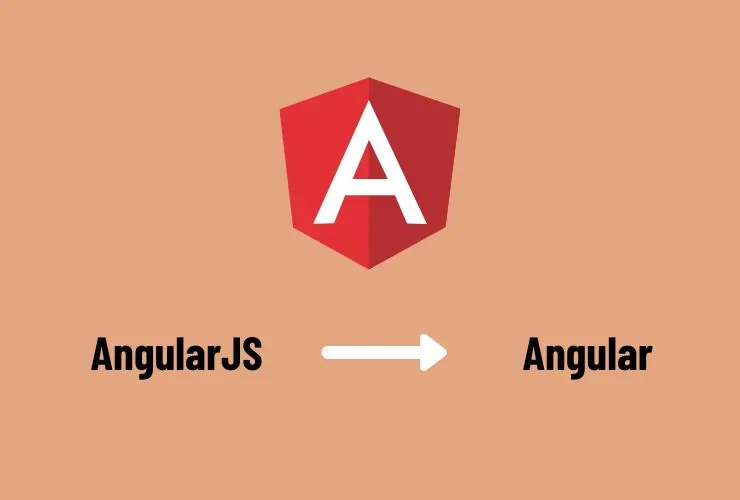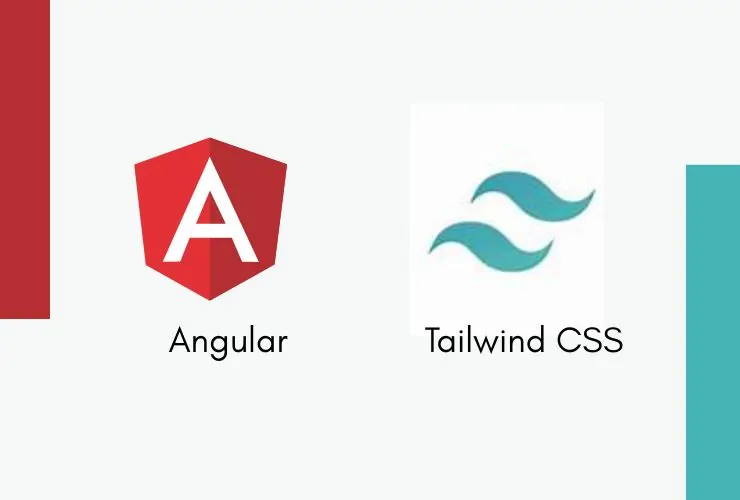Angular is among the most powerful frameworks in terms of building modern web applications. As a Google and community backed platform beloved by developers, Angular gives developers a complete ecosystem, integrates with TypeScript, and boast a component-based architecture to build fast, scalable, maintainable web applications.
By just building your Angular app doesn’t accomplish much – optimization in regards to performance helps to provide a great user experience. Today, users expect rapid loading times and seamless interactions with their web products so optimizing your Angular app is incredibly important.
In this blog, we will cover how to optimize performance on an Angular app with proven techniques, tools, and best practices. Whether you are building a single page application (SPA) or a larger enterprise application, the following strategies will help you optimize for speed, reliability, and scalability and provide users with a performant product.
Why Angular App Performance Optimization matters
- User Experience – Faster apps lead to better engagement and retention
- SEO – Google takes speed into consideration for site ranking, so a slow Angular app can lead to horrible visibility
- Scalability – Optimized apps can ultimately handle more users, data, and requests as needed and do so without causing bottlenecks
- Cost-Optimized apps can leverage server and hosting resources more effectively and this can ultimately reduce hosting/server costs.
Best Practices for Improving Angular App Performance
1. Use lazy loaded modules
Lazy loading means only the modules needed to render the application are loaded upfront, and the rest are loaded, on demand. This dramatically decreases the initial load time and improves perceived performance.
Remember:
- Use Angular’s Router to lazy load feature modules.
- Break big applications into smaller modules to allow control.
2. Ahead-of-time (AOT) compilation.
AOT means converting Angular templates into optimized JavaScript during the build time instead of run time. By AOT, the application bundle size can be greatly reduced and rendering time can be very sped up.
Advantages of AOT:
- Faster rendering time.
- Smaller bundle sizes.
- Early error in the application.
3. Manage change detection.
Angular’s change detection checks for the updates in an application state. Checking often and during the rendering process can be slow on larger applications.
Best practices:
- Use the OnPush Change Detection Strategy for components that only consume input data.
- Use trackBy with *ngFor for dom manipulation.
4. Use Angular Universal for server-side rendering (SSR).
Server-side rendering means rendering an Angular application on the server-side before sending it to your browser. SSR can greatly improve both load time and your SEO.
Advantages:
- Faster first contentful paint (FCP)
- Improved SEO ranking.
- Increased performance on lower-powered devices.
5. Utilize Efficient State Management
Large applications often run into performance problems related to state management. Modeling state in a predictable, standardized way, using NgRx, Akita, or NgXS can ease state management, subsequently improving scalability and removing wasted renderings.
6. Bundle Optimization & Tree Shaking
Angular CLI uses Webpack to bundle application files, however unused files still could end being shipped to your final product.
How to Reduce, Resize and Optimize Your Bundles:
1. Enable tree shaking to remove unused files from the build.
2. Use ng build –prod option to guarantee optimized bundles (the CLI takes care of the rest).
3. Split into smaller chunks and use differential loading.
7. Optimize Images & Assets
Reducing the amount of large media files you are using can really increase application performance.
Optimization Techniques:
1. Utilize smaller image formats unless your project passes themselves off as a design demo, so prefer WebP or AVIF formats.
2. Set up lazy loading for images.
3. Minimize JS/ CSS files.
8. Cache Static Content with Service Workers
Service workers make it possible for Angular applications to cached files and keep them available offline. If your users are no longer making requests to the server for the same files and thereby reducing data transfer and associated costs.
Optimize the Angular PWA:
- Use the CLI command @angular/pwa to enable the Angular Service Worker.
- Implement caching API calls to serve frequently used data.
9. Reduce API Calls with Debouncing & Throttling
If your Angular app relies heavily on APIs, frequent calls can degrade performance.
Best Practices:
- Use RxJS operators like debounceTime, throttleTime, and distinctUntilChanged.
- Batch requests where possible to minimize server round-trips.
10. Monitor & Analyze Performance
Performance optimization doesn’t end at development. Continuous monitoring ensures your app stays fast as it grows.
Tools for Monitoring:
- Chrome DevTools for runtime analysis
- Angular DevTools for debugging and profiling
- Lighthouse for performance audits
Advanced Angular Optimization Techniques
- Preloading Strategy: Use PreloadAllModules for highly-utilized modules.
- Pure Pipes: Use a pure pipe, not a function return its result, to prevent unnecessary recalculations.
- CDN Delivery: Serve assets as Angular, Bootstrap, or Material from a CDN instead, it will speed up loading times.
- Web Workers: Perform intensive computations in background threads instead of code blocking your main thread.
- Gzip/Brotli Compression: Enable this on the server side to reduce payload size overall.
Common Angular Performance Mistakes to Avoid
- Eagerly loading all modules instead of lazy loading.
- Forgetting to enable production mode (enableProdMode()).
- Overusing *ngFor without trackBy.
- Caching strategies are discarded altogether.
- Leaving unused library dependencies in your application.
Conclusion
Optimizing the performance of an application in Angular isn’t only about speed – it’s about creating an engaging user experience and ensuring apps are scalable as well as SEO friendly. Speeding up your application can be accomplished using lazy loading, creating an aot compiled application, reducing change detection idleness, and managing state as efficiently as possible.
As applications grow in complexity, performance tuning is never ‘done’, it is a constant cycle. We can regularly review our application, maintain it periodically, ensure Angular applications continue to be lightweight, secure, and ready for the future.














